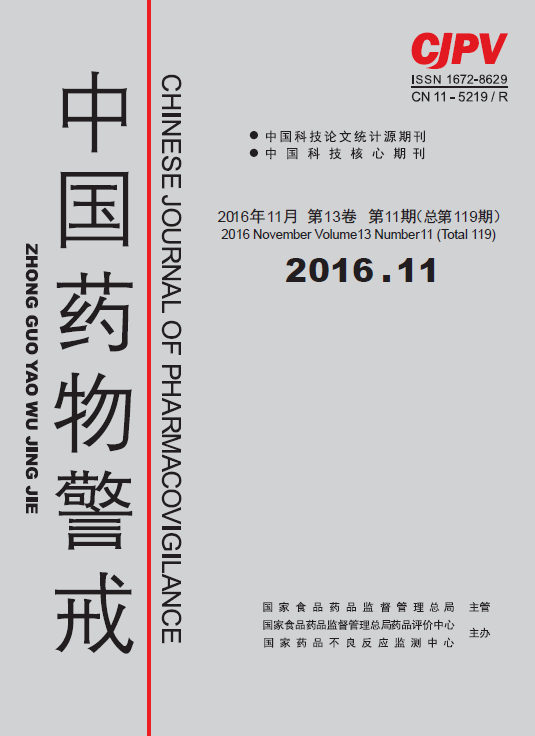|
|
Clinical Observation of Combined Application of Somatostatin, Omeprazole and Thrombin in Treatment of Upper Gastrointestinal Ulcer Bleeding
RUI Ju-ping
2016, 13(11):
660-662.
Objective To evaluate the clinical efficacy and safety of combined application of somatostatin, omeprazole and thrombin in treatment of upper gastrointestinal ulcer bleeding, and lay a foundation for the application of the treatment.Methods 100 patients with upper gastrointestinal ulcer bleeding from March 2011 to March 2015 in our hospital were selected and divided into the observation group and the control group (50 cases in each group) by the random number table method. All of the patients were treated with omeprazole, while patients in the observation group were treated with the therapy supplementary somatostatin and thrombin. The changes of the hematology test, coagulation indicators and Blatchford scores between the two groups were observed and compared, and the clinical efficacy and safety of the two treatments were evaluated. Results The hemostatic time, hemorrhage volume and hospitalization time in the observation group were lower than those in the control group, the difference was statistically significant (P < 0.05). Compared with the levels before treatment, the Hb, RBC, PLT, Hct, FIB in both of the two groups increased, the WBC, PT, APTT, Blatchford scores decreased after 72 hours treatment, the changes of the observation group were more obvious, the difference was statistically significant (P < 0.05). The clinical total effective rate of the observation group was 82.00%, which was higher than that in the control group of 58.00%, the difference was statistically significant (P < 0.05). The incidence of adverse reactions in both of the two groups was 8.00%, showed no statistical difference (P > 0.05). Conclusion Combined application of somatostatin, omeprazole and thrombin in the treatment of upper gastrointestinal ulcer bleeding has curative effect and good safety, can positively improve the clinical symptoms and blood coagulation function of patients, and it’s worthy of promotion.
References |
Related Articles |
Metrics
|
